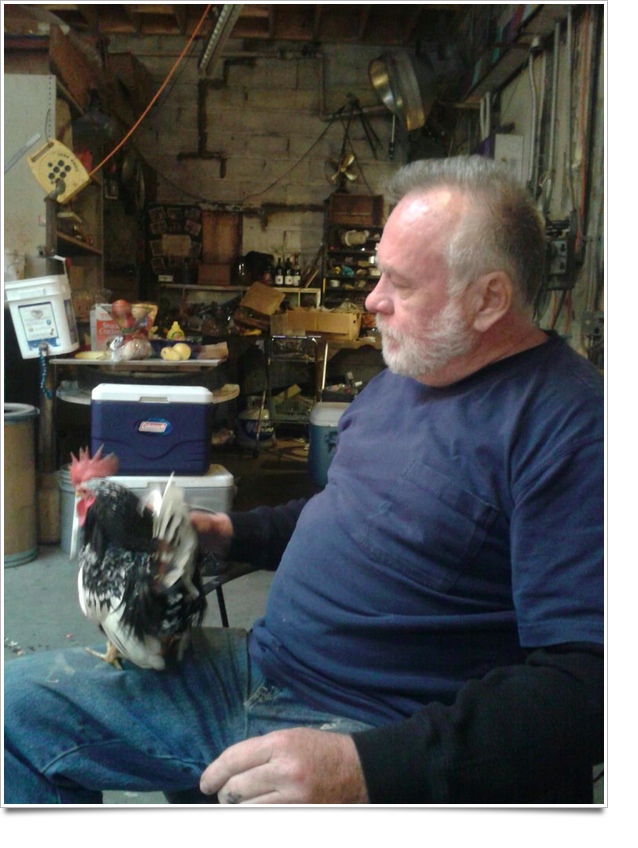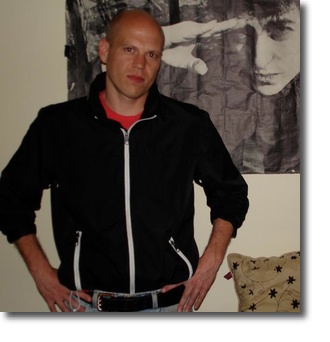
By Richey Piiparinen
Indeed, we have the know-how, but we do not have the know-why, nor the know-what-for.
–Erich Fromm, social psychologist.
The question of how you “become” as a city has been weighing on me lately. Is it enough to get people back in the emptiness? Is it enough to pretty the derelict? I mean, is the trajectory of Cleveland’s success simply a collection of micro-everythings, start-ups, and occupancy rates? That is, is Cleveland’s reward simply the benefit of being creatively classed?
I hope not. It won’t work. Here is why.
The problem with most city revitalization these days relates to its playbook: there are the investors who have the capital, and then the political power from which finance flows. Here, money not only talks, it builds, with investors’ wishes transcribed in how a city looks, feels, and functions.
That said, the main interest of the investors is to make money, and so people are seen as consumers as opposed to citizens. Consumers that fill up real estate space. Consumers that salivate over tastes. Consumers of art and design, with the attraction to beauty meant to establish a “vibrancy for profit” mindset as opposed to experiencing beauty for the value of beauty’s sake. Come to think of it, the creative class is really just the consumer class, just like the rest of us. Yet they are anointed in status by city makers because they are thought to have more spending power than their worker and service counterparts.
“Follow the creative community, and property values will rise,” states one recent article in a real estate publication. “You have given real estate developers the playbook”, echoes Albert Ratner, head of Cleveland-based Forest City, on his reading of “The Rise of the Creative Class.” The motivations, as such, are quite blatant.
Now, why is this a problem?
Because developers have extraordinary amounts of pull in directing where finances go (this is particularly true in Cleveland), which means investment can get skewed to a select demographic. As such, the gap between the haves and have not’s grows and the geographic disparities begin to cement social inequities into the city’s fabric.
Cracks then show: drug use, murders, alienation and disenfranchisement, growing pockets of continued disinvestment, and it won’t stop because research has consistently shown that inequity is an endless source of social ills. The only thing left to do is to compartmentalize our shadows, with “bad” kept in places away from the spots of our “hope.” This is not unique to Cleveland or to this era. It is just the way things have been, which leads me to wonder if Cleveland’s recent comeback is just a carousel in which progress is simply rearranging the broken deckchairs.
And while the future is uncertain, failure need not be inevitable. Yet what can be done in Cleveland and other Rust Belt cities to ensure we don’t waste our opportunity? Unfortunately, little outside of a radical shift in how cities think about themselves, particularly as it relates to the notion of “revitalization.”
This is where the concept of “Rust Belt Chic” comes in, which—when it is boiled down—is really just a process of collectively “knowing thyself.” Specifically, by becoming aware of who we are as “Cleveland” we know who we are not, or more exactly: what we don’t need to be. This is important as it relieves the temptation of Cleveland trying to copy some other city’s so-called success which, in the end, is counterproductive, as such efforts—like the historic Columbia Building demolition for a Vegas-style “look”—ultimately eliminates those things like history and architecture which ties us together.

This is all to say that Cleveland need not be “brochured” for the so-called creative class. That is simply objectifying your city as a product as opposed to a people, which is crude, and such posturing and posing is hardly Cleveland, besides.
Instead, a hammering down of who we are in our process of becoming is needed. We are Clevelanders. We care and fight for this city, endlessly. We swear, shake hands, bleed, heal, work, fight, and pray—all in an environment molded more so by the reality of Mickey Rourke than the donning of Ashton Kutcher. And so while repopulating the core is needed, we also must engage in building the productive capacity of people as opposed to simply relying on a capacity to spend. Specifically, squeezing out price per sq. feet at the expense of community fabric is not true economic growth. It is mountains turned to coal.
I cannot emphasize enough how important community development is to Cleveland’s future. For as creative classification goes mainstream, more and more cities will begin looking and feeling the same, and more and more cities will be turned to products to be gobbled up by those with stars in their eyes. But this kind of thing is not for everyone, or even for most. It is for a slice, a finicky slice. And so I gather creative classification will go the way of the fad, like all styles do. Some cities will be stuck left to look at their cartoon tattoos that dot their body, while the people left longing will decompress to find something a little more real.
Then—if we do it right—people will turn to Cleveland not because we faked the place as attractive, but because Cleveland made an effort to turn to its people.
 Richey Piiparinen is a Clevelander, a writer, and a city strategist. His work has appeared in numerous publications, including the Atlantic Cities, New Geography, Huffington Post, and Next American City. Richey is co-editor of the book Rust Belt Chic: A Cleveland Anthology. His musings and work can be found at richeypiiparinen.wordpress.com and rustbeltchic.com.
Richey Piiparinen is a Clevelander, a writer, and a city strategist. His work has appeared in numerous publications, including the Atlantic Cities, New Geography, Huffington Post, and Next American City. Richey is co-editor of the book Rust Belt Chic: A Cleveland Anthology. His musings and work can be found at richeypiiparinen.wordpress.com and rustbeltchic.com.
4 Responses to “Cleveland Needs to Go Beyond Being Creatively Classed”
bob
I dont know WHY I bother repsonding but here goes…COLUMBIA bldg above…had misforttune of being NEAR casino central…OCEANS of tax and OTHER monies revnue dancing in eyes of everyone..and can you really blame a CityHall to rest for chasing that? NOT trying to rip Downtown,etc.but…BUT.. STILL have that whole nasty ball of wax of race relations,crime,etc. PERCEPTIONS to rest of it… ME personally? Yeahh got hit up by panhandlers occasionally….DEPENDS on the 5 Ws at THAT time whether do or dont ‘patronize’ said…NEVER mind the internet… WERE does on want to start with or on all this.. LONG distance remote @commuting,satellite campuses and all that…OR as far as the old Colubia bldg was concerned lot of the DOWNTOWN or even local employment more happenstance,outsourced,dowsized,etc. got ENOUGH folks afraid gonna get stuck w/some pretty gilt edged diploma can hang on wall that paid(OR will pay) a fortune for and then get squat out of it…least in short term..
CASINO is something of a one off…semi ran its course….NO idea WHAT MEDICAL MART MAY bring… PRAY…put enough blood,sweat,tears into that puppy… WE MAY GET OUR OWN version of a Boston High tech corridor out of it…can only hope… LISTEN… WHA gonna do w/old tired misplaced OTHER era and use buildings that were rigged for other eras were had oceans of clerks,etc.
MEANTIME the TECHNOLOGY revolutions…U tell me… HOW viable are we? OR are we gonna be into funky nichie specialized stuff as our future biz model… I am going by science articles to rest of it and sorta trying to see how THAT would work in our area…
THINK of some WALK in 3D printer fablab type ‘franchise’ were use lot of the techie to recreate damaged parts,obsolet parts,etc.
bob
I HATE seeing good rugged old bldsgs go but FINALLY whoever owns said (or us via bankruptcy court,landbank,etc0 HAS to SOMEHOW make $ off said or least cover costs… LEAST COLUMBIA had found a use for 100 plus yrs…STANLEY building? I COULD REMEMBER going all the way back to 1980s that IT looked like THAT…NO one could ever seem to do or want to do anything with it…with buildings like THAT WHO has the $,etc.to fool with that… but got BIG $ Names involved…AND QUITE FRANKLY enough jobs to rest of it tooo involved that wha else can City or rest do other then wha did?
MAYBE HOPEFULLY a MED MART maybe the savior… and save other stuff…CERTAINLY led to DIMORAs DEMISE…but wha do I know? HAVE that ‘feeling’ thou… BUT i dont want to REdredge all that up… thou THAT CASTS THIS LONG hideous shadow that will live forever and folks afraid stuck w/BS and other…
SHALE OIL boom…THAT would be nice! HOW long THAT would last IS another question..heard 18 yrs…
FAR as creative class… real nuanced thing…
bob
I dont think there is as much coveted chased creative class as wha interests think there maybe…
bob
AND HALF of THAT is dependent on us poo slobs giggling thru doors of hospitals,etc. SAD when econ development is parking lots but hey…